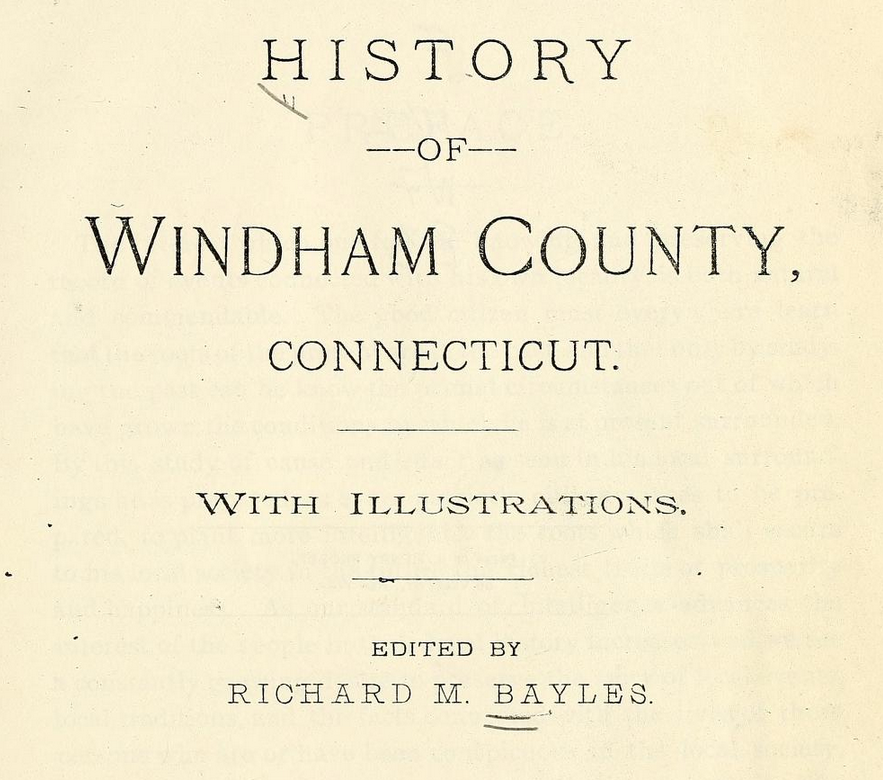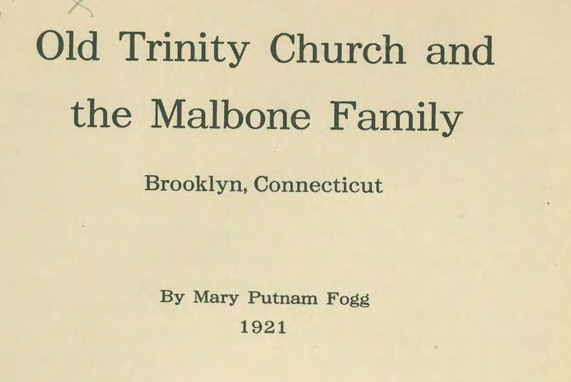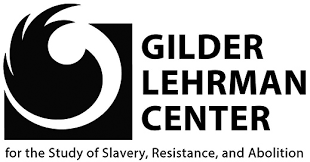Melissa Zablonski
Putnam High School
TEACHER'S SNAPSHOT
Subjects:
African Americans, Slavery & Abolition
Course Topics/Big Ideas:
Role of Connecticut in U.S. History, The Struggle for Freedom, Equality, and Social Justice
Grade:
Grade 8, High School
Lesson Plan Notes
Many of Connecticut’s towns were founded and settled by men and families who traveled with enslaved people and servants. These enslaved people helped build some of the first structures in these settlements, worked the land to ensure the prosperity of new towns, and helped enslavers survive in a new land. Despite their crucial role in establishing Connecticut settlements, enslaved people are not recognized as original founders of these towns and counties. In this lesson, students will explore historical perspectives of the role enslaved people played in the founding of Connecticut towns and assess the accuracy of these perspectives.
ESSENTIAL QUESTION
SUPPORTING QUESTIONS
- What role did enslaved people play in the settlement of Connecticut?
- What perspectives exist about the role of enslaved people in the settlement of Connecticut?
- How accurate are the existing perspectives of the role of enslaved people in the settlement of Connecticut?
ACTIVITY
Introduction
- Teacher will ask students to search for the name of the person or people who founded the town where they live and neighboring towns.
- Students will discuss commonalities among the town founders they identified. Teacher will ask, “Are there any perspectives that might be missing?”
- As a class, read and discuss Source #6 from the Gilder Lehrman Center. Students will discuss the different roles enslaved people played in the founding and development of Connecticut. Students will discuss why enslaved people are not included as founders despite their involvement in town and state development.
Activity 1
- Students will analyze Sources #1 and #2 from the History of Windham County Connecticut and from the Willimantic Journal.
- While analyzing the sources, students will take notes on how each source describes John Cates, Willimantic’s white founder, and Jo Ginne, who was enslaved by Cates.
- Students will also note how Jo Ginne contributed to the founding of Willimantic, such as by hunting, building the first house, etc. There is not much information here, but students can also infer what else Jo may have done to help found the town.
Activity 2
- Students will analyze Sources #4 and #5 about the Malbone plantation in Brooklyn/Pomfret and the enslaved people who arrived there with the Malbones.
- While analyzing the sources, students will take notes on how each source portrays the people enslaved by Malbone and discuss whether or not this is an accurate portrayal.
- If time, students can also read the article below from the Norwich Bulletin about the legend of one person enslaved by Malbone.
- Students will note and discuss how those Malbone enslaved would have contributed to the founding and development of the Brooklyn/Pomfret area.
Activity 3
- Students will read Source #3, an excerpt from Jamie Eves’s article on Jo Ginne and John Cates.
- Students will pay particular attention to Eves’s conclusions on Jo’s role in the founding of Willimantic, as well as to the poems Eves quotes in his article.
- Students will compare Eves’s conclusions and the poems to the information they gathered about Jo Ginne and Malbone’s enslaved people from the first two activities. Which information do they believe is most accurate? How was Eves able to make these conclusions? Based on the poems, why are enslaved people not considered as founders of Connecticut?
OPPORTUNITIES FOR ASSESSMENT
- Students will read an existing account of their town’s or another Connecticut town’s founding. Students can research enslaved persons from their town who were present at the time. Students will rewrite the story of their town’s beginning in a way that puts enslaved persons at the center of the story, flipping the narrative of old town histories to emphasize the role of the enslaved in establishing the town.
- Students will research the founders of their town and identify if they enslaved people. If not, students can research other towns or research early Black inhabitants of their town. Students will then write a proposal to their historical society and town hall arguing why enslaved people should also be included as town founders. Students will present a plan for how enslaved people can be commemorated for their role in the development of Connecticut’s towns.
RESOURCE TOOL KIT

Bayles, R.M. (Ed.). (1889). History of Windham County Connecticut. W.W. Preston & Co., pp. 206-207. Full text available courtesy Internet Archive.
Excerpt From: The Willimantic Journal, Friday, January 10th, 1862.
Excerpt From: Eves, J.H. “‘If He Had Been a Man, You Know?’: Jo, Town Founder.”

Excerpt From: Putnam, F.G. (1921). Old Trinity Church and the Malbone Family. Perry Press, p. 6. Full text available courtesy Connecticut State Library.
Highlighted excerpt from: “The Plantation Next Door.” Hartford Courant, September 29, 2002 UPDATED: January 30, 2019.
ADDITIONAL RESOURCES
Places to GO
John Cates’ grave, Windham Cemetery
Old Trinity Church, Brooklyn, CT
Things To DO
Visit the exhibit: Here All Along: African Americans in Northeastern Connecticut Before the Great Migration at the Windham Textile and History Museum.
Websites to VISIT
Citizens ALL, Gilder Lehrman Center for the Study of Slavery, Resistance, and Abolition
Articles to READ
Curland, R.A. (2007). “Historically Speaking: Son of slave became one of region’s strongest figures.” Norwich Bulletin.




